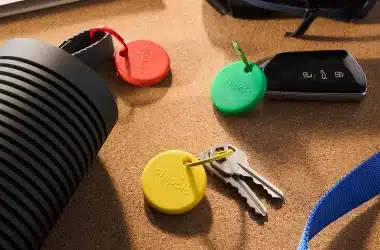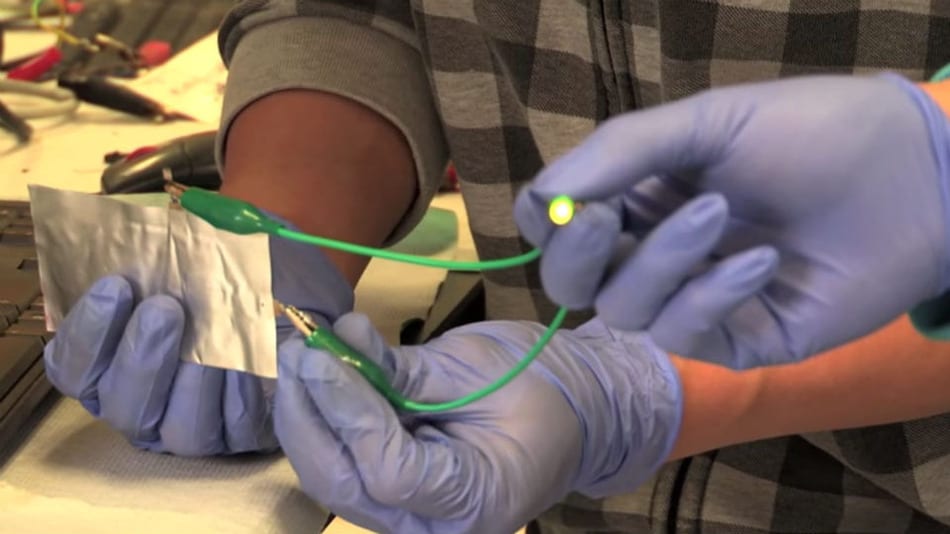We are currently seeing a change in how we produce and sell energy thanks to the emergence of digitization and renewable energy, helping to empower communities and democratize power.
The most significant challenges facing this brave new world within the renewable energy space is intermittency. The sun does not shine 24 hours a day, seven days a week, or the wind does not blow everywhere.

Peer to Peer Energy (P2P) markets may create significant opportunities to address this challenge while harnessing digital technology and renewable energy to create a unique customer experience.
So what are Peer to Peer (P2P) energy markets?
The Next Web (TNW) perhaps said it best about P2P energy markets:
If you create a responsive energy grid that can connect multiple residential solar panels and move excess energy from one region to another that needs it — then you’ve got all these things in one. And that’s what gridX and other companies are working towards.
Brooklyn Microgrid also adds more context what the P2P ecosystem is:
A peer-to-peer energy market presents an alternate choice in which neighbors can buy and/or sell energy within their community, connecting solar panel owners with consumers who prefer to purchase locally generated green energy
A few startup companies are now taking a swing at becoming real pioneers within the P2P energy space, including Germany’s gridX.
The company is allowing everyone a chance to “to supply themselves independently of conventional power stations themselves,” according to their website.
The platform brings everyone at one table. Customers, and private producers all together who can supply energy amongst one another, while switching to a more eco-friendly energy supply according to gridX. GridX’s key component of their platform is the gridbox, where consumers can install at home. The box acts as a mediator between the homes solar panels, battery storage unit and the grid.
CEO & gridX Founder David Balensiefen said to TNW consumers can earn $300 by selling excess power to the grid, while homeowners can maximize their energy efficiency up to 15%, and providing people with clean, renewable energy. It’s a win-win-win situation for gridX consumers: Become energy-efficient, earn some money and help reduce carbon emissions.
Ultimately, gridX’s goal is to compete against mainstream utilities.
“Ultimately, our goal is to go against big energy companies and bring the power to the normal customer,” said Balensiefen.
The critical change with gridX was making markets more efficient while allowing consumers to squeeze more money out of the energy markets, Balensiefen added. Along with gridX, similar projects are cropping up around the globe.
The Brooklyn Microgrid project offers a glimpse of what’s possible of democratizing energy use within working-class neighborhoods. Brooklyn Microgrid uses current distribution infrastructure but works side by side with the standard grid, according to TNW.
The Brooklyn Microgrid has four key goals it’s aiming to achieve, including:
- Expanding clean energy production while supporting renewable energy generation within the local community.
- Advance electric grid resiliency and efficiency by establishing a connected network of distributed energy sources.
- Ensure these distributed energy sources during outages and emergencies while supporting the local community and economy.
- Create business models and fiscal stimulus which support community investment in their energy future which will generate energy and employment, benefiting the local economy.
Located in Gowanus Park and Park Slope Neighborhoods, Brooklyn Microgrid will allow the local area to have an opportunity to have a microgrid which runs separately from bigger utility grids. Having a microgrid is beneficial as this will hedge bets against the local community having no electricity during extreme weather events while participating within the clean energy system, according to their site.
Both gridX and Brooklyn Microgrid offer great examples of what P2P energy systems can achieve. At the same time, technology, government policy, and education will need to evolve to move the needle further with P2P energy systems.
Blockchain P2P solutions on the technological side will enhance solutions on energy trading platforms. According to Solar Magazine, blockchain energy-based platforms have become more prominent in recent years, advancing in scale, application diversity, and computing power.
Governments will also need to make P2P energy system policies more friendly.
Siim Meeliste, Estonian Presidency Official and Counsellor for Energy said to TNW his country had acknowledged the importance of digitizing the energy economy, including “openness towards solutions like two-directional smart meters, and neutral data exchange platforms.”
Meanwhile, gridX CEO Balensiefen suggested ensuring policy which will allow small players like gridX are permitted equal footing to be competitive in the marketplace. Balensiefen proposes cutting grid transmission fees for consuming renewable energy, and local production is vital first steps.
Lastly, public education in explaining P2P energy systems is the last critical piece to grow the market. Because P2P energy markets are relatively new, startup companies, utilities, and governments will need to educate consumers on what benefits and challenges they will face with P2P energy markets, compared to systems now available.








